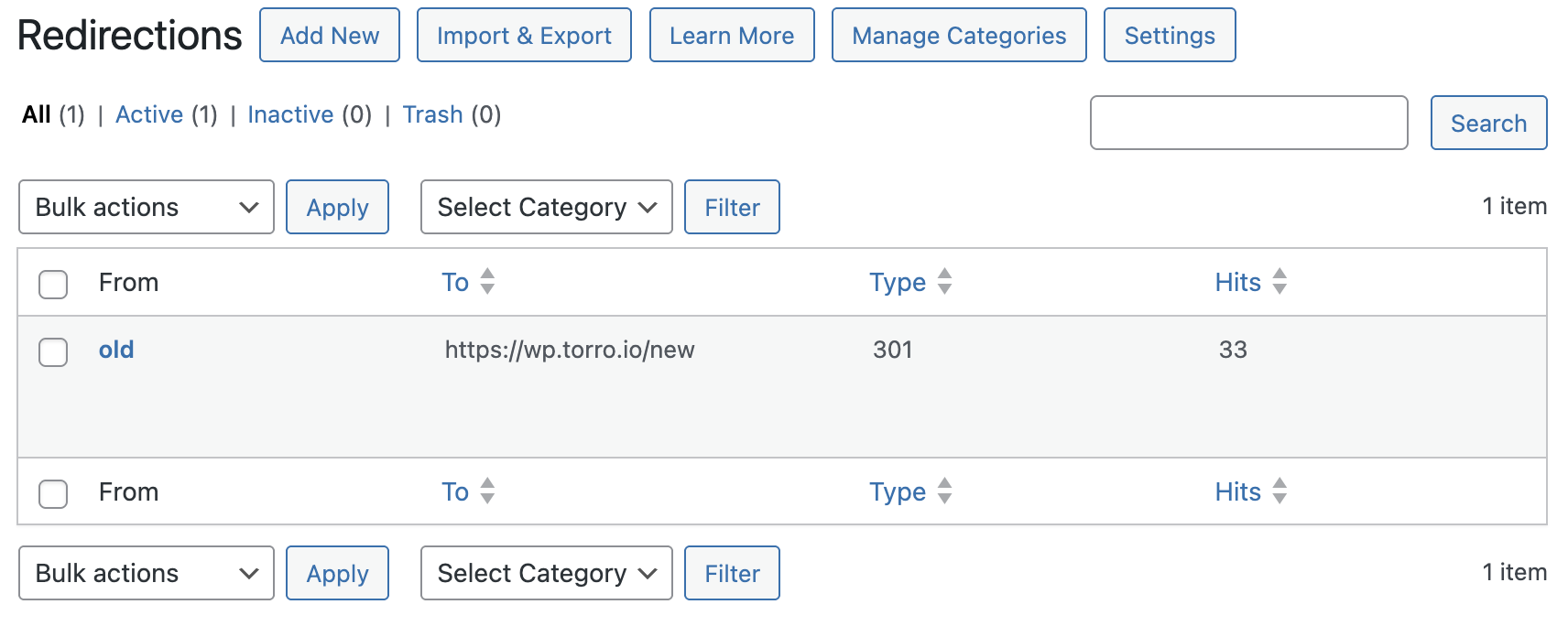The 10-Step SEO Audit Framework That Actually Works in 2026
After running thousands of SEO audits, I’ve seen one truth: most audits collect data. The best ones print money.
What I mean is this—tools can’t replace understanding. The magic happens when you know what to look for and what to ignore.
So here’s the 10-step process I’ve refined after auditing millions in traffic. This framework works today and will still work in 2026 when AI crawlers dominate search.
TLDR / Key Summary
- 10-step audit process proven to uncover traffic worth millions
- Focuses on internal links, speed, content pruning, and AI citations
- Optimized for human and AI crawlers in 2026
- Includes quick wins that push pages from page 10 to page 1
Step 1: Crawl Setup That Actually Works
Download Screaming Frog. If you’re serious about SEO, it’s non-negotiable.
Set it up right:
- Uncheck “resource links” to speed up crawls
- Enable “near duplicates” detection
- Connect Google Analytics 4 + Search Console APIs
- Add your PageSpeed Insights API
That combo gives you clean, actionable data instead of the usual noise.
Most people miss this and waste hours sorting junk data.

Step 2: Internal Linking Quick Wins
Export your crawl to Google Sheets. Filter for:
- Pages deeper than 3 clicks
- Pages with fewer than 5 internal links
Those pages are practically invisible to Google.
Add contextual links from high-authority pages, and you’ll often see them jump from page 10 to page 1.
Internal linking is still one of the fastest ways to move the needle without writing new content.

Step 3: Speed Wins That Matter
In your crawl data, sort by performance score.
Anything below 80? Flag it.
Speed isn’t just UX—it’s survival.
AI crawlers like Google’s SGE, ChatGPT, and Perplexity don’t wait. You have about three seconds before they bounce.
Slow sites don’t just lose human clicks—they get skipped by AI.
Recommendation: We highly recommend using Kinsta Wordpress Hosting for the best and fastest performance.

Step 4: 404 Revenue Recovery
Filter for 404s.
Then check if they have:
- Search Console impressions
- Historical traffic
- Backlinks
If so, redirect them to relevant pages immediately.
I’ve seen businesses lose millions of impressions to forgotten 404s.
Redirecting those is the fastest ROI move you can make in SEO.

Recommendation: RankMath Pro has a built-in Redirections tool that is amazing because it also has an automatic redirect option when renaming pages or posts.
Step 5: Content Pruning Strategy
This one’s simple: delete what’s dead.
Flag pages that have:
- Under 500 words
- No traffic, no impressions, no backlinks
If they’ve been live for six months or more with zero signals, kill them.
It’s not emotional—it’s math.
Every crawl wasted on dead weight lowers your overall performance.

Step 6: Kill Keyword Cannibalization
Search your title tags for duplicate keywords.
If two or more pages target the same keyword and the same intent, you’re competing against yourself.
Different intent (like “best cameras” vs “camera reviews”) is fine.
But same intent? Merge or redirect.
Fixing cannibalization can instantly clean up your rankings.

Step 7: Topic Authority Audit
Check all your title tags again—this time for relevance.
If you find pages that don’t include your main keyword or support your core topics, they’re off-theme.
Off-topic content kills authority.
If it’s unrelated and doesn’t drive meaningful traffic, delete or redirect it.
Google wants focus. Authority comes from staying in your lane.

Step 8: Low-Hanging Fruit Gold Mine
Open Google Search Console. Filter keywords by position 2–15.
These are your almost-winners.
Minor tweaks here often double traffic:
- Add internal links
- Improve content depth
- Speed up the page
Page 2 opportunities are the best-kept secret in SEO.
They already rank—you just need to finish the job.

Step 9: Content Gaps = Easy Wins
Now look at keywords in positions 50+.
You’re getting impressions but ranking terribly.
That means there’s search demand—but your content isn’t satisfying intent.
The solution: build dedicated pages for those topics.
It’s proof the audience exists. You just need the right page to capture them.

Step 10: AI Citation Opportunities
Here’s what separates 2026 SEO pros from everyone else.
Run your main keywords through ChatGPT, Perplexity, Claude, and Grok.
Look at the citations. Are you listed?
If not, reach out to the sources they cite.
Getting cited by AI platforms starts by being mentioned where AI gets its information.
This is the new backlink game—AI authority.

What This Really Means
SEO in 2026 isn’t about gaming Google. It’s about being undeniably valuable to both humans and machines.
Every one of these steps makes your site easier to crawl, faster to load, more focused, and more trustworthy.
The tools will change. The fundamentals won’t.
Do the audit.
Clean the mess.
Build authority.
And let the algorithms (human or AI) do what they’re designed to do: reward quality.



